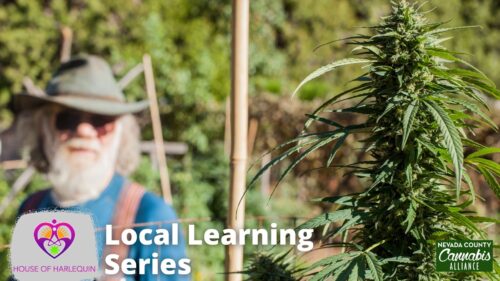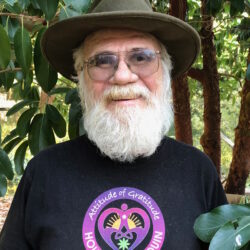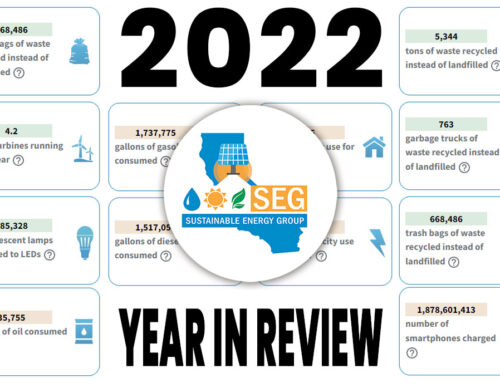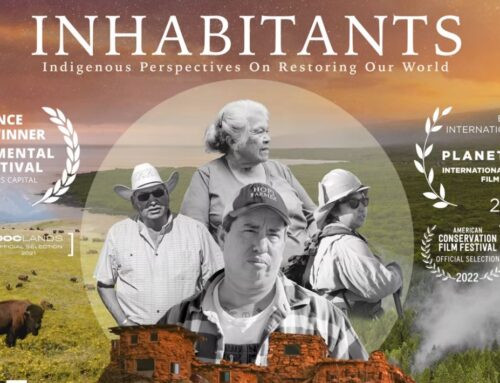A Local History of Cannabis, Solar and Sustainable Cultivation
A story and history of Cannabis, Solar and Sustainable Cannabis Cultivation in the Sierra Foothills of California.


Back in the 1960’s and 70’s a number of mostly younger people decided to ‘leave’ the city and go ‘back to the land’. Most of them wanted a simpler life to grow their own food, but few of them had the funds to buy developed farm land. Especially here in rural Northern California, this meant very limited opportunities to have things at home like electricity, indoor plumbing, and gainful employment without a long commute. The resource extraction industries like timber, mining and fishing were closing or reducing their payroll. This raised questions like how to make land payments, feed your family, keep a vehicle running so you can get to town if needed, etc?
For many folk cannabis was the answer. Prohibition started here in the US in the 1920’s and went federal in the 1930’s. The Controlled Substances Act in the early 70’s made the cultivation of a plant a felony and the ‘War on Drugs’ began. One result of this was the price of cannabis went from $100 a pound to $ 4,000-6,000 a pound. You might be asking yourself, why is this relevant to sustainability?
Many of the early adopters of alternative energy [especially solar back when solar was expensive] were coming into town from remote areas. They were more concerned with what items were available for off grid living than they were about cost. Their farm product was selling for hundreds of times more than it had a few years before and they only got paid in cash. Solar for refrigeration, pumping water, and lighting were now possible for these back to the landers. These early adopters helped to sustain alternative energy technology in its developmental phase.
In 1996 the people of California voted in favor of Prop. 215 which established that if a physician were to recommend the use of cannabis to a patient, that patient had a state protected right to possess cannabis. This began the legal ‘medical’ marijuana market in California. Depending on your point of view, the fact that Prop 215 was only 750 WORDS long was very good or very bad. Among other things, there was nothing in the new law that defined how a patient was to get access to the cannabis they needed. In 2015 a package of bills called the Medical Marijuana Regulation and Safety Act was passed and then in November 2016 Prop 64 was approved by the voters. This made Adult Use and medical use legal. One benefit of legalization is that now cannabis products are tested and must meet very high standards of purity. The limits are in parts per billion for most all of the pesticides and fungicides used in agriculture, for heavy metals, for physical contaminants like pet hair or dust, for pathogenic biology, etc. You might be thinking ‘yeah that is wonderful for the pot smokers but what has all this to do with sustainability?
Below the author Wade Laughter appears in SYRCL’s Growing Green for the Yuba Series
The cannabis plant is a dynamic bioaccumulator and takes up all kinds of potential contaminants. Today’s legal cannabis farmer must be very aware of this because cannabis that fails testing must be destroyed and is a total loss for the farmer. Many successful cannabis farmers have evolved from chemical nutrients and -cides to organic practices onto strict regenerative practices where they make all the inputs they use on the farm and there is no ‘waste’ stream. Dragonfly Earth Medicine [DEM Pure] is a certification of closed loop regenerative practices widely respected in the cannabis space. Sun and Earth Certified is another example of cannabis farmers and producers rising to specific standards to protect the environment and the consumer. Any cannabis farmer that is in the legal market must sort out how to grow high quality plants without most traditional agricultural tools. Integrated Pest management, composting, fruit and plant ferments, Indegenous microorganisms, vermiculture are all to be found on a growing number of cannabis farms.
Across the country, especially in urban areas, most cannabis is grown indoors or in energy intensive greenhouse operations.
Large amounts of electricity is used for lighting, climate control, odor elimination and security. A coming change in the National Building/Electrical Code will require all new cannabis operations to produce their own electricity or to purchase carbon offsets. (Read about this change in California Cannabis code here>>) The need for efficient horticultural lighting and climate control systems in the emerging cannabis industry will foster the growth of these technologies in the same way that cannabis helped the fledgling solar industry.
##


 Wade Laughter is the founder of House of Harlequin, based in Nevada City, CA. Wade is a master cannabis cultivator and longtime cannabis compassion advocate. House of Harlequin’s mission is to educate the general public about the benefits of sustainably grown cannabis and its use.
Wade Laughter is the founder of House of Harlequin, based in Nevada City, CA. Wade is a master cannabis cultivator and longtime cannabis compassion advocate. House of Harlequin’s mission is to educate the general public about the benefits of sustainably grown cannabis and its use.
House of Harlequin (www.houseofharlequin.com) works with legal cannabis dispensaries in multiple states to educate customers and care providers in best practices.
Wade Laughter is a public speaker, educator and researcher who serves as the board chair of the Nevada County Cannabis Alliance, board member of the International Cannabis Farmer’s Association and frequent contributor to California Regulatory review sessions on cannabis policy.





